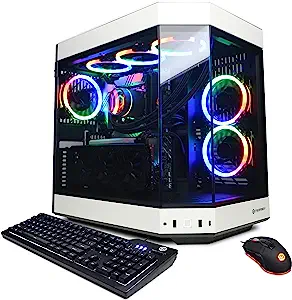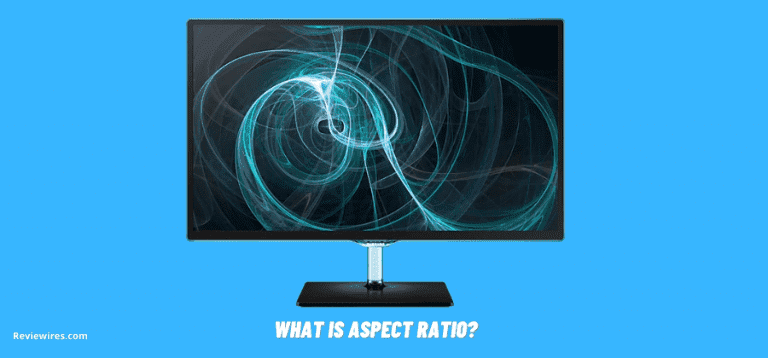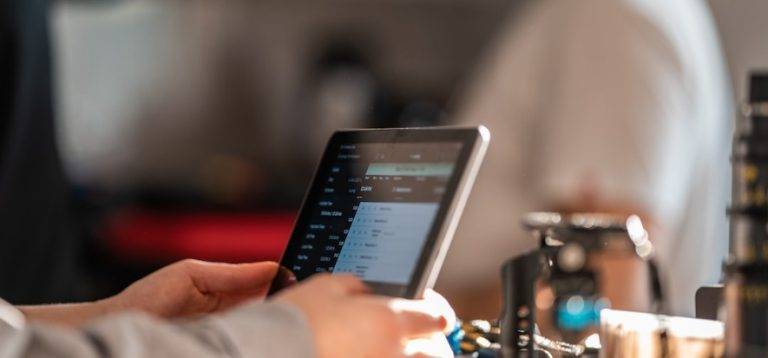How to Easily Use a Laptop as a Monitor (Simple Process)
You may need two screens today to be more productive today because so many people work from home. However, you can use your laptop as a monitor by connecting it to a working laptop or PC running Windows 10.
However, this guide will show you how to use your laptop as a monitor or second screen. Laptops’ major advantages are obvious: they’re portable, allowing you to operate freely and flexibly anywhere you want. Adding, most people ignore that you may use your laptop as a monitor while sitting at a desk or don’t have another display device nearby.
Further, extending your laptop’s display across multiple monitors is the simplest choice, and it’s an excellent way to increase productivity. Moreover, you may easily examine multiple web pages without switching between numerous tabs or cross-reference a document.
Alternatively, you can utilize your laptop to extend a desktop display or serve as a second monitor. It’s a bit more difficult because your laptop only displays its display and isn’t designed to output the display of another device, such as your TV. However, that doesn’t rule out the possibility. And in our full how-to below, we’ll walk you through both options.
How Do I Use A Laptop As A Monitor
STEPS TO USE A LAPTOP AS A MONITOR:
- On the laptop that will serve as a second screen, go to Settings – Go to Settings > System > Projecting to this PC on the laptop you want to use as a second monitor. However, make the necessary adjustments to balance security and usability.
- Press Windows Key + P on your main computer, then click the ‘Connect to a Wireless Display’ link at the bottom. If your PC does not have Wi-Fi, this may not appear.
- Once your PC has located a second monitor, it will search for available displays, and you will be able to Extend or Duplicate it (since Windows sees your laptop as a monitor, not a laptop).
- Extend, as the name implies, will use the extra screen to extend your present configuration, providing you with more room to work with.
- Adding the duplicate will make the secondary screen perfectly mirror the main one, resulting in two displays with the same content.
- Lastly, after you’ve made your choice, your main PC will be connected to the monitor in your chosen style.
A little guide for the detailed version of how to utilize a laptop as a monitor can be found below.
- On the laptop that will serve as a second screen, go to Settings.
- Select System.
- Click Projecting to this PC.
- Choose your settings.
- Go to a different computer or laptop.
- To connect to a wireless display, press Win-P and select Connect to a wireless display.
- Wait for your other laptop to be detected.
- Choose whether to duplicate or extend it after selecting it.
If you want to know how to convert the monitor into a TV, click: How to convert a monitor into a TV.
Frequently Asked Questions
Is it good to use a monitor with the laptop?
Having an extra monitor at home has several benefits. You can, for example, extend the screen on your laptop to give you more room for text documents, graphical programs, movies, and games.
Why is a monitor better than a laptop screen?
Laptop displays are not necessarily of greater quality, though they frequently have a higher pixel density to fit as many pixels as possible into the laptop’s frame. Additionally, this is where the clearer photographs come from, or at least half of them.
Can you use the laptop as a monitor via HDMI?
The HDMI port (or VGA, or DVI, or DisplayPort) on your laptop is just for displaying your laptop’s display; it cannot be used as a video input for another device. However, you cannot use a connection to link your laptop to your PC and have it display what your PC is producing.
Does using a monitor with a laptop increase performance?
Games should be displayed on the monitor at the same frame rate as the laptop’s internal screen. However, your performance may suffer if you connect to a monitor with a higher resolution than your laptop screen and play the game at that resolution.
CONCLUSION
Finally, we learned that using a laptop as a monitor for business, gaming, editing, and other professional tasks is quite safe.
Moreover, a laptop, on the other hand, can be utilized as an alternate monitor and can make your work easier without breaking the bank.
Furthermore, using a laptop as a monitor does not require any complicated procedures; it can be accomplished in a few simple steps.




